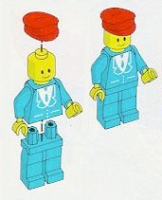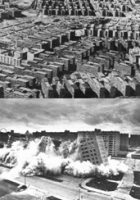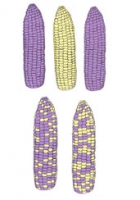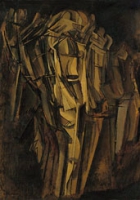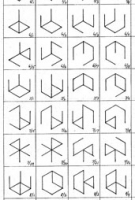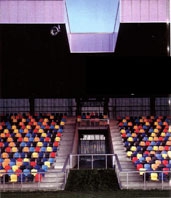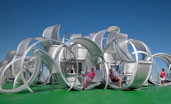On Modularity
Lego has a basic attraction to small children. The tiny modules can be arranged and rearranged in unlimited possibilities. Modularity is the system that allows these combinations. (1)
Modernist designers were intrigued with modular systems,
suggesting that even individual feelings and emotional comforts could be sacrificed to a new architecture based on rational principles. Messy everyday life could adapt to a rigid framework, determined by a system based on modular repetition and geometric constraints.
Today though, reflecting back on architectural and urban failures of the twentieth century, modularity is one candidate for critical scrutiny. And for the obvious reason that it neglects humanity in favour of an overly rational sense of order. (2) Yet, there is still great value in this kind of work, which, as a contemporary design approach, could be framed around questions emerging from previous mistakes. For example, if modular design systems were to follow more closely certain processes found in the natural world?, could they then achieve better human living conditions and forms of communication?
Modularity has applications in science and art. Gregor Mendel, the Augustinian Monk, first traced characteristics of successive generations of a living being. Genes as modules are transmitted from one generation to another without an exact determination of the following visual appearance. (3)
With the first cinematic experimentation, it was possible to capture the transmissions of elements in much shorter time intervals. In 1880, Etienne-Jules Marey constructed machines with a kind of graphic notation of motion. The result shows slightly altered positions of repeated elements related to time and motion. Both, Mendel and Marey made these explorations under the guise of scientific research. But artists were also attracted to the visual potential of these patterns. (4)
Years later, Marcel Duchamp tried to capture movement in his cubist explorations. In »Sad Young Man on a Train« fragments as modules are arranged in a composition based on the artist’s personal interpretation of motion. (5)
Sol leWitt a minimal artist began combining modules in serial form. In 1966 he reconciled two opposing modes of structure: the rigorous order of a simple repetitive system and the abdication of this elemental order in favour of randomness. (6)
But instead of producing these repeating patterns by hand, artist discovered printing machines as a program that creates these variations mechanically. Andy Warhol used the silk-screen printing machine as a tool for his artwork. But the machine took over the process how colour was transferred to the paper. Warhol was more interested in making the decisions rather than the engagement in production. For »Marilyn« in 1967 the artist was not present during the printing process.
In contrast, Dieter Roth was fully involved in the whole printing process. He interfered with the printing process by drawing on the screens and rotating them. The variations resulted in more organic forms than Warhol’s output. (7)
The possibilities of repetition in modularity were not only explored by artists, but designers who wanted to expand the visual possibilities. Karl Gerstner, a Swiss artist and designer, used an algorithm to develop his variations. He emphasises that the serial is only a method and the process of developing a program. Therefore he didn’t paint variations but created as many pictures as the principle of the algorithm allows.
The recombination of modules was explored by Müller & Hess with three posters that anounced an exhibition of Richard P. Lohse. The posters still refer to the International Style by the strict rectangles, but also combine a fresh component by the accidental new forms that are created through the process of overprinting. Its a combination of both - grid and organism.
The complexity of variations are increasing to modularity in the three-dimensional space, which is best described by the magic cube that was invented by Erno Rubik in Budapest. As a a lecturer of interior design he had a passionate interest in geometry, in the study of 3D forms, in construction and in exploring the hidden possibilities of combinations of forms and material in theory and in practice. The process of change attracts the users. Cause and effect keeps them playing on. (8)
The recent work of the architect Eduardo Arroyos reminded me of the magic cube’s pattern with its chaotic attraction. When the new soccer stadium in Bilbao was introduced, the architect surprised spectators with a new colour system for ordering the chairs. The system of the chair positions was calculated from a secret algorithm - with the result that no chair shares the same colour as the next. (9)
The soccer players on the green, as well as the audience, have the impression that the stadium, even if it is empty, is occupied by colourful fans. The usual use of monotonous sector thinking is dissolved and suggests that chaotic order is also linked with the human conditions.
Modules can therefore be employed to follow a more chaotic and random order, much closer to nature’s structure of growth as explored in Michael Jantzens »Gathering Place«. They could function not only for visual attraction, but interact with the living conditions of human beings in a perceptive way. (10)
